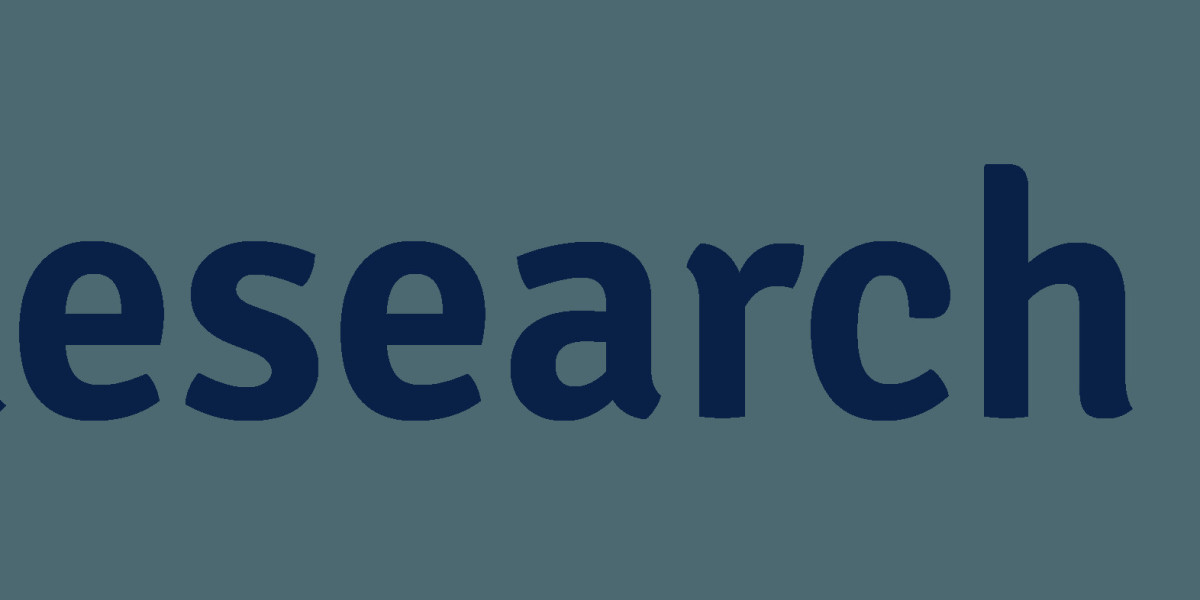The Insecticide Chemicals Market is poised for significant growth over the coming years, driven by escalating agricultural demands and global population expansion. As modern farming practices intensify, the reliance on effective pest control solutions has surged, creating lucrative opportunities for industry stakeholders. Research Intelo provides a comprehensive analysis of the market trends, challenges, and potential growth avenues shaping the sector.
Insecticides play a crucial role in safeguarding crops from pests, ensuring both yield quality and food security. The rising adoption of high-yield crops in developing regions, coupled with technological advancements in agrochemicals, has fueled market expansion. Furthermore, the demand for eco-friendly and bio-based insecticides has opened new avenues for sustainable market growth.
According to our latest research, the global insecticide chemicals market size in 2024 is valued at USD 18.7 billion. The market is expanding at a robust CAGR of 5.3% from 2025 to 2033. By the end of 2033, the market is projected to reach approximately USD 29.7 billion. This steady growth is primarily driven by the increasing demand for food production, the rising prevalence of vector-borne diseases, and the growing adoption of advanced agricultural practices worldwide.
Request a Sample Report: https://researchintelo.com/request-sample/791
Key Market Drivers
Several factors are propelling the growth of the Insecticide Chemicals Market:
Agricultural Intensification: Rising food demand has led to extensive crop cultivation, increasing the need for effective pest control solutions.
Technological Advancements: Innovations in chemical formulations and delivery mechanisms enhance efficacy while reducing environmental impact.
Population Growth: Expanding global population necessitates higher crop productivity, directly boosting insecticide demand.
Government Support: Subsidies and initiatives promoting safe agrochemical use accelerate market penetration in emerging economies.
These drivers collectively enhance market visibility and offer long-term prospects for manufacturers, distributors, and investors across the globe.
Market Restraints
Despite promising growth, certain challenges may impede market expansion:
Environmental Concerns: Overuse of chemical insecticides can harm biodiversity and contaminate water sources.
Regulatory Restrictions: Stringent regulations and frequent policy changes may limit market access for new formulations.
Resistance Development: Pests developing resistance to conventional chemicals can reduce product effectiveness, prompting a shift towards integrated pest management practices.
Understanding these limitations helps stakeholders implement strategic solutions, balancing growth with sustainability.
Emerging Opportunities
The Insecticide Chemicals Market offers numerous opportunities for innovation and market expansion:
Bio-based Insecticides: Rising consumer preference for organic produce supports growth in environmentally friendly products.
Smart Agriculture Integration: Combining insecticide applications with digital farming tools can optimize efficiency and reduce waste.
Untapped Regional Markets: Africa and Latin America present high-growth potential due to expanding agricultural activities and low market saturation.
These opportunities highlight areas for targeted investments, product diversification, and research-driven advancements.
View Full Report: https://researchintelo.com/report/insecticide-chemicals-market
Market Dynamics
The market dynamics of insecticide chemicals reflect a balance of supply-demand shifts, technological evolution, and regulatory compliance. Recent trends include:
Formulation Innovation: Microencapsulated, slow-release, and systemic insecticides are gaining traction.
Eco-friendly Initiatives: Sustainable pest control solutions reduce chemical residues and environmental impact.
Integration with Crop Protection: Insecticides are increasingly bundled with herbicides and fungicides for comprehensive crop management.
Regional dynamics reveal that Asia-Pacific dominates in consumption due to extensive farming practices, while North America leads in technological advancements and regulatory oversight. Europe’s market growth is steady, driven by stringent safety standards and organic farming initiatives.
Statistical Insights
Asia-Pacific accounted for over 40% of the global market share in 2024.
Synthetic insecticides still hold the largest segment, representing approximately 65% of market revenue.
Biopesticides are growing at a CAGR of 8.5%, indicating a shift toward sustainable solutions.
The market for systemic insecticides is expanding faster than contact and stomach poisons due to enhanced crop protection efficiency.
These statistics underline the market’s diversification and the increasing emphasis on innovative, safe, and effective solutions.
Enquire Before Buying: https://researchintelo.com/request-for-customization/791
Key Segmentation
The Insecticide Chemicals Market can be segmented based on type, application, and formulation:
By Type: Synthetic, Biopesticide, Botanical, Others.
By Application: Cereals & Grains, Fruits & Vegetables, Oilseeds & Pulses, Others.
By Formulation: Liquid, Powder, Granule, Aerosol, Others.
Each segment offers distinct growth potential, with biopesticides and liquid formulations expected to dominate the near future due to ease of application and environmental compliance.
Regional Insights
Asia-Pacific: Leading market share, driven by intensive agriculture and rising crop yields.
North America: Focus on technological innovation, integrated pest management, and compliance with safety regulations.
Europe: Steady growth, with increased adoption of bio-based products and organic farming.
Latin America & Africa: High growth potential due to expanding arable land and rising agrochemical awareness.
Regional strategies are essential for market stakeholders to optimize distribution, product innovation, and investment planning.
Check Out the Report: https://researchintelo.com/checkout/791
Future Outlook
The Insecticide Chemicals Market is expected to experience robust growth over the next five years, underpinned by:
Increasing demand for high-quality agricultural produce.
Innovations in eco-friendly and precision-targeted insecticides.
Expanding agricultural infrastructure in developing economies.
As the global population grows, the need for effective pest management solutions will intensify, driving the market toward sustainable and technologically advanced offerings. Companies investing in research, bio-based alternatives, and digital agriculture integration are likely to gain competitive advantages.
In conclusion, the Insecticide Chemicals Market represents a dynamic and evolving sector. With strong growth drivers, emerging opportunities, and strategic regional investments, the market is set to achieve sustainable expansion. Research Intelo’s analysis offers a comprehensive understanding for investors, manufacturers, and stakeholders looking to capitalize on global trends.






